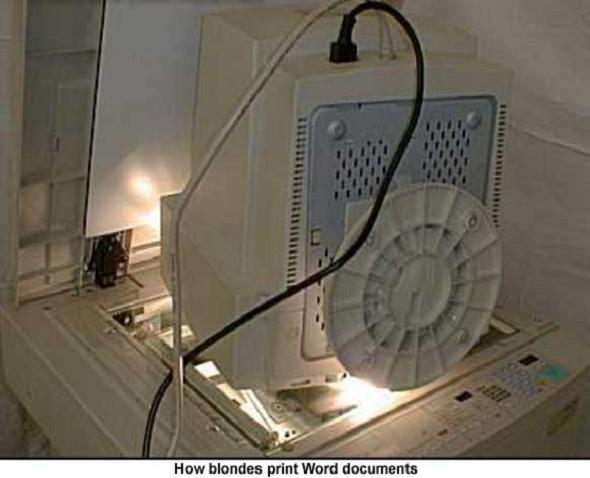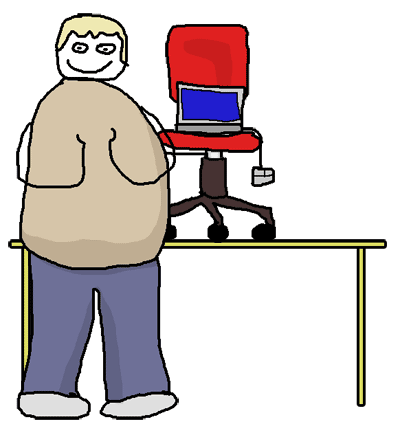The word "meeting" can, unfortunately, carry similar connotation to the words "punishment," "prison," "torture" and "boredom." The problem is that too many meetings conform to the negative stereotype, so when it comes time for you to host a meeting, people will automatically think of it in terms of their negative past experiences. We aren't so different from Pavlov's dogs in this respect.
However, you can use a few bits of neuroscience to transform your meetings from torturous into productive and even fun.
John Medina
, Doctor, professor, author (of
Brain Rules: 12 Principles for Surviving and Thriving at Work, Home, and School
) and brain scientist, suggests using three truths about the human brain to make your meetings better. I've covered Brain Rules on this
blog several times before, so you might be familiar with some of this material.
Start with vision. Too often meetings start with a look at the minute details of a situation, but that's not how the brain works. We need a vision of the overall importance of something so that we can fit the details into that framework. Always start your meetings with a vision for what might happen in the future. If you start with the details, they will be lost as people try to figure out what you're point is. If they don't have exactly the same vision as you or if they can't fit the details into a vision, you'll lose them.
Use 10 minute segments. Our brains can hold on to an idea for about 10 minutes. After that we need another hook to re-connect with what's going on. The hook can be a joke, a story, a video clip or anything else that connects with your topic in an emotional manner. You'll notice that great speakers pepper their presentations with hooks that keep people engaged for long periods of time. If you go past the 10 minute window, people will start mentally dropping out until you give them another hook to latch on to.
Show them something old and something new. Our brains match patterns very well. It's how we recognize faces, voices and just about everything. We quickly decide if something is a part of a
schema that we've seen before and then we classify it according to that category. So, you should ideally show people how your topic fits into an existing pattern and then show them how it differentiates from the existing pattern.
The basic meeting outline would be: Cast a vision for what you want to accomplish, give an emotionally charged example of the vision and then for no more than 10 minutes look at the details of how your topic fits into an existing pattern. Then have another emotional break and spend 10 minutes examining the deficiencies of the existing pattern. Finally, one more hook and then 10 minutes of how your topic is a new and different pattern from what people have experienced before.
What have you done to run great meetings?
What's the most boring meeting you've attended and why?














